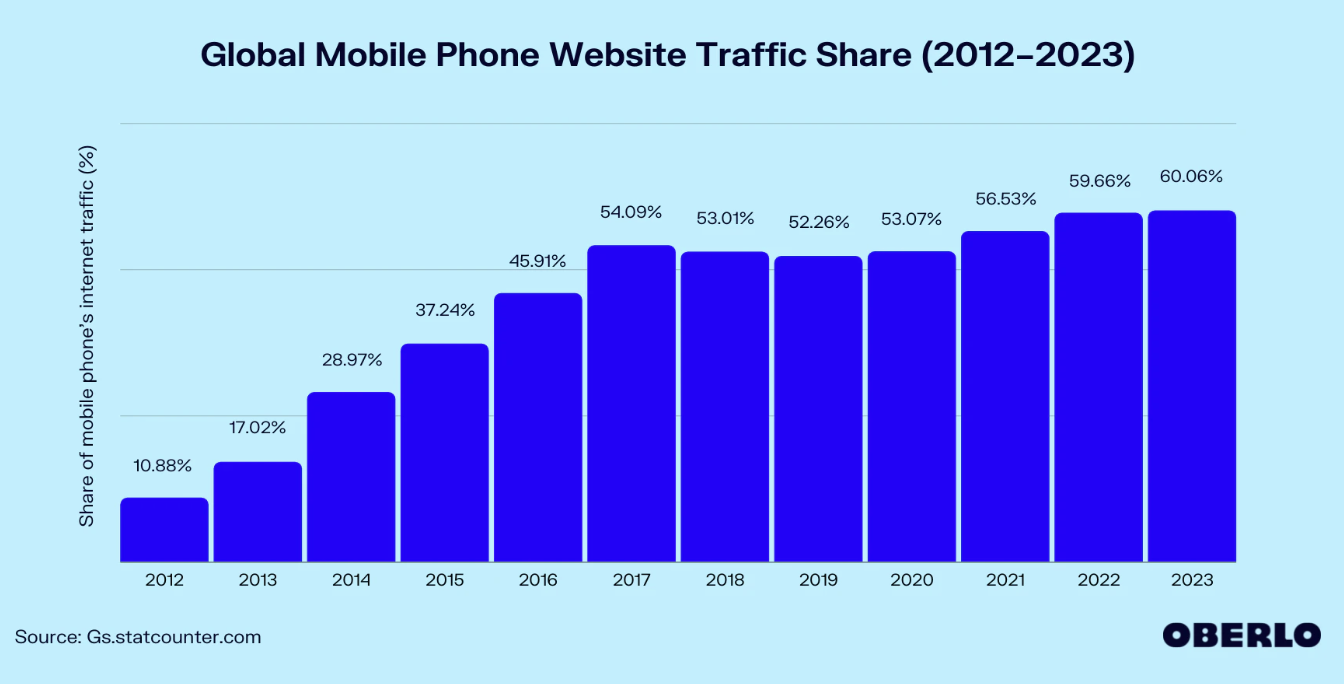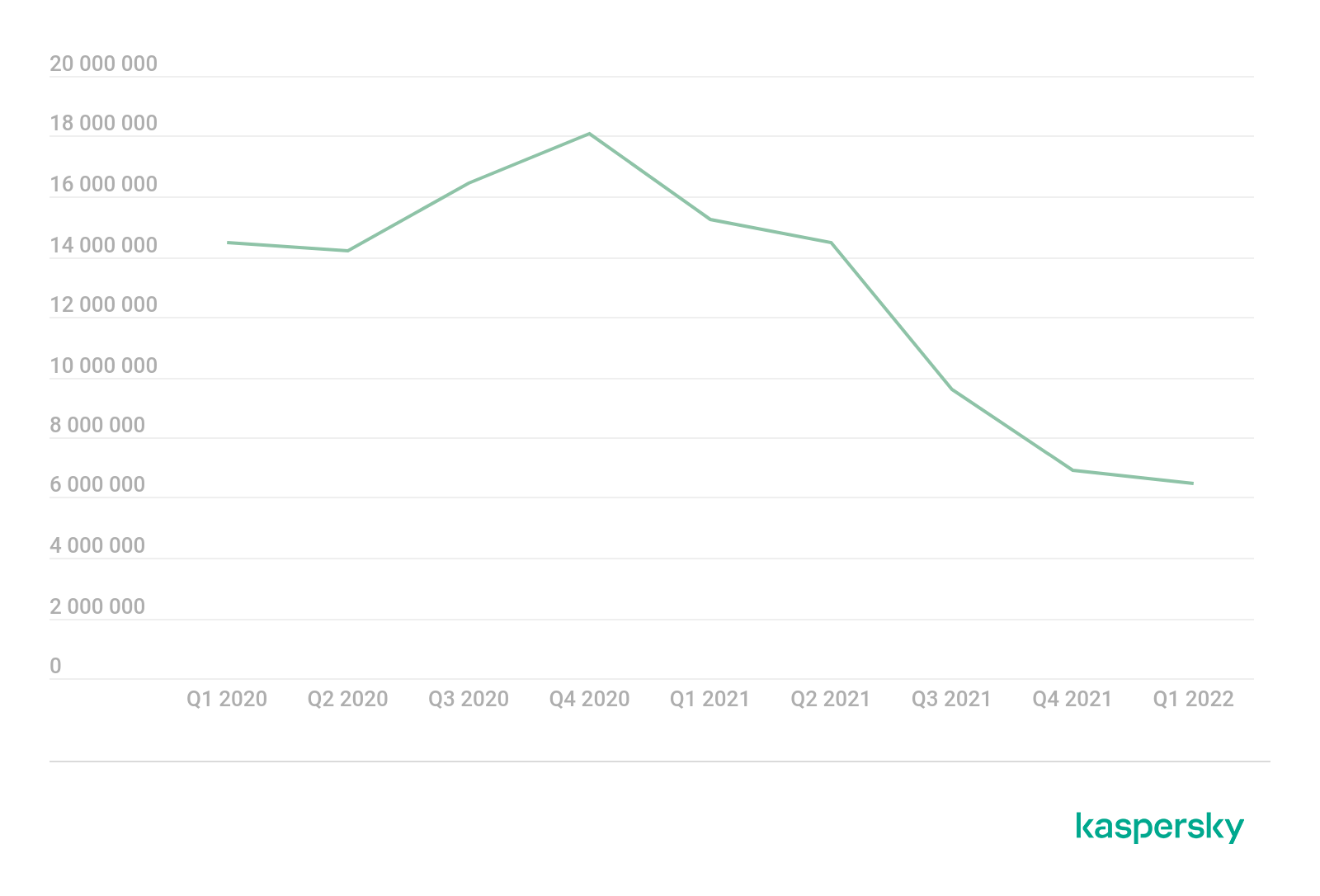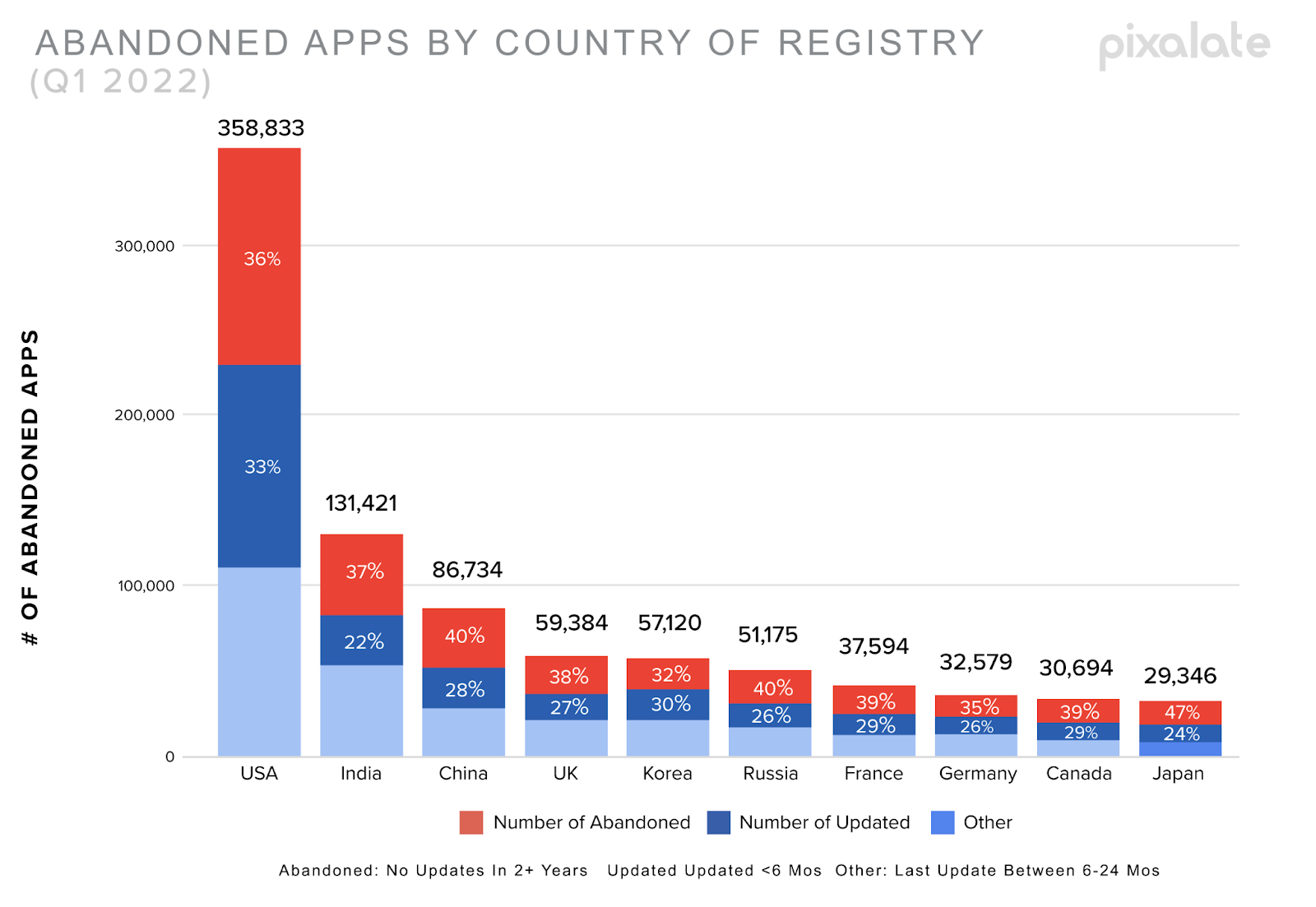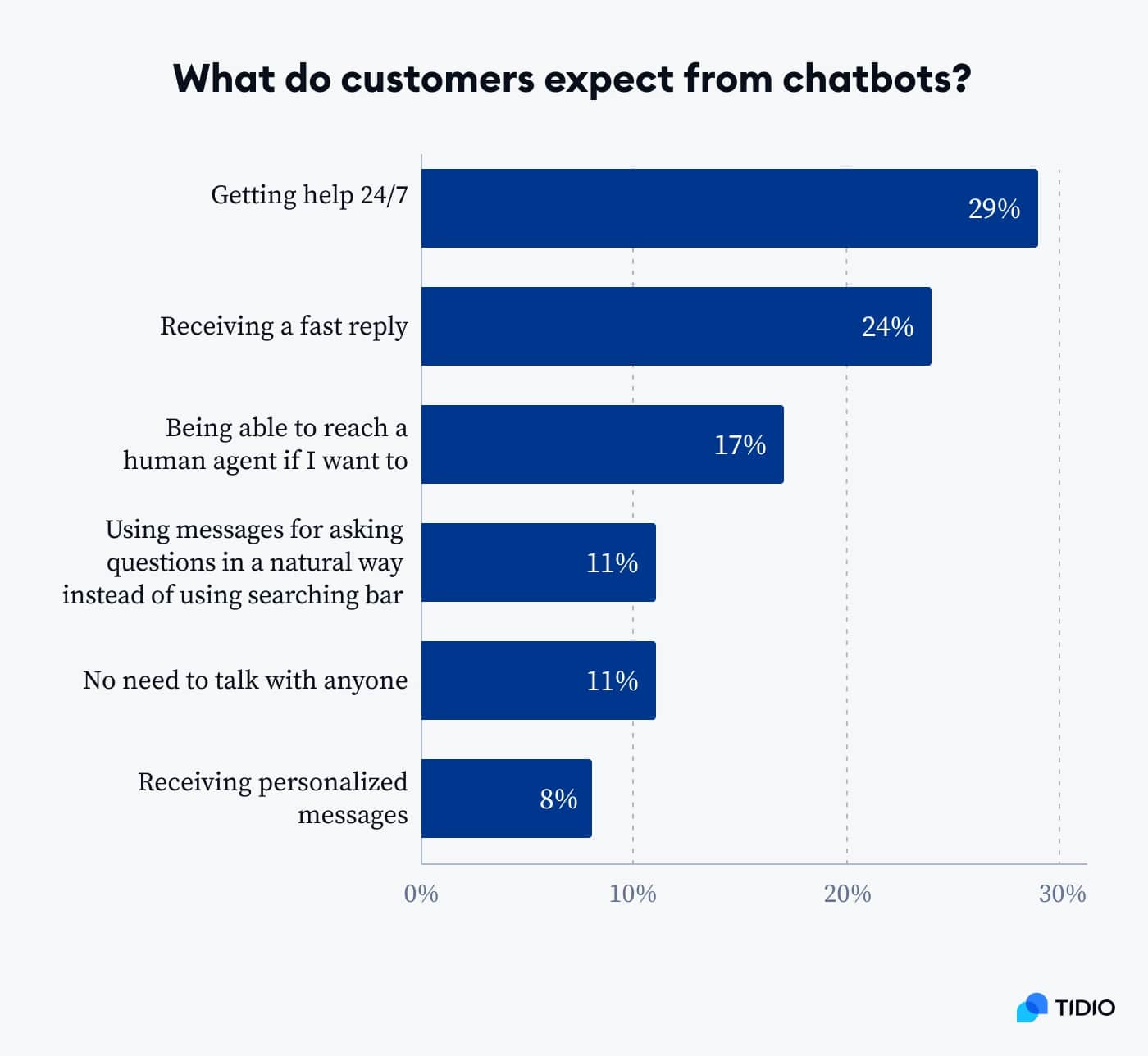In the last decade, global web traffic from mobile devices has surged from 11% to 61%. Today, mobile-friendly websites are a necessity, and mobile apps for services are becoming ubiquitous.

With millions worldwide using smartphones and tablets, mobile app development is on the rise because apps are an increasingly vital channel for businesses to reach and engage their customers.
What changes will we see in mobile app development in the next few years? Technology is continuing to advance, especially with Web3 innovations. These changes will continue to influence the mobile app space. This post provides an overview of 6 top trends in mobile app development.
Mobile App Development Trend 1: Increased use of artificial intelligence (AI)
Historians will look back on 2023 as the year AI went mainstream. AI and machine learning (ML) are having a significant, if not disruptive, impact on most industries, including mobile apps.
With AI, mobile apps can learn about users' behavior, preferences, and patterns to provide more personalized experiences. Machine learning can also improve app functionality, making it easier to use and navigate.
Resources to learn more about AI in mobile app development include:
- Sharkbyte’s blog post How to Add AI or ML Capabilities to Your Application
- Online courses and tutorials from platforms like Udemy, Coursera, and edX.
- Developer communities like Stack Overflow, GitHub, and Reddit.
- AI conferences and events
- Consulting firms that specialize in AI in mobile app development.
Mobile App Trend 2: Augmented Reality (AR) and Virtual Reality (VR)
AR and VR are immersive technologies that create experiences that blur the lines between the physical and digital worlds. Industries already experimenting with AR / VR in apps include gaming, retail, education and training, social apps, art and design, travel, and health and wellness.
For the right market segment, AR and VR technology can create greater engagement and improved sales. However, relative to the mainstream, these technologies are still early. Marketing and dev teams should be aware of some potential pitfalls so they can try to mitigate them as much as possible.
- Technical Challenges: Developing AR and VR technology can be complex and challenging, requiring specialized knowledge. Some companies may choose to augment their teams with specialists.
- Limited Adoption: Not all users have access to AR and VR technology. This limits the potential reach and impact of mobile apps that use these technologies.
- High Resource Requirements: AR and VR technology require high processing power and storage, which may be a barrier for users with older or less powerful devices.
- High Cost: Implementing AR and VR technology in mobile apps can be costly, especially for small businesses or startups.
- Negative user experience: The potential for motion sickness or discomfort when using AR and VR technology can result in negative reviews and lower app usage.
Mobile App Trend 3: Security and Privacy
The good news is that malware attacks are down from a significant spike in 2020, as this chart from cybersecurity software company Kaspersky shows. It illustrates the number of attacks targeting users of their mobile solutions, Q1 2020 — Q1 2022.

Even so, with more people using mobile apps, developers must ensure their apps are secure and protect user privacy. This includes implementing measures like encryption, two-factor authentication, and data anonymization.
For more tips about mobile app security, check out our post Mobile App Security Checklist for 2023.
Mobile App Trend 4: The (Continued) Rise of the Chatbot
Mobile apps have notoriously high abandonment rates. This is especially true in the United States, where users abandon apps at a rate of 36% and only update about a third of the apps they download.

Chatbots on websites have been increasing in recent years, and they are becoming popular for mobile apps as well. Chatbots are a significant advantage for companies because they increase engagement and help decrease app abandonment rates.
The chart below shows the relative importance of different chatbot functionalities from the customers' point of view.

Chatbots can provide human-like interaction, automate tasks and improve the user experience. Common use cases for mobile app chatbots include customer service, shopping assistants, personal assistants, language translation, news updates, virtual concierge services, and more.
Mobile App Trend 5: Cross-Platform Apps
Cross-platform mobile applications allow apps to deploy across multiple platforms, such as iOS and Android, with a single codebase. This approach saves developers time and resources because they don't have to write separate code for each platform.
Another advantage of cross-platform development is the ability to reach a wider audience. By developing a single app that works on multiple platforms, developers can ensure that their app is accessible to users regardless of their device.
This can be especially beneficial for small businesses or startups with limited resources to develop separate apps for different platforms. Similar to websites that function across several browsers, cross-platform development helps ensure consistency in user experience when the app looks and functions similarly on different platforms.
Several frameworks and tools are available for cross-platform development, such as React Native, Flutter, and Xamarin. Each of these frameworks has its own strengths and weaknesses. Despite some limitations, cross-platform development will likely continue to grow in popularity as the demand for mobile apps increases and developers seek to streamline their development processes.
Mobile App Trend 6: Gesture Control and Voice Recognition
As AI continues infiltrating the user experience, consumers will look for more natural and intuitive ways to interact with their apps. Gesture control and voice recognition reduce friction in the user experience, allowing people to interact with their apps in a hands-free manner.
Gesture control and voice recognition technology can enable a range of functions, from playing games to virtual personal assistant tasks to controlling smart home devices.
Gesture control apps increase the efficiency and speed of mobile app interactions. Voice recognition provides hands-free access to app features, allowing users to access app functionalities from a distance.
As devices, especially mobile phones, become everpresent in users' lives, apps that integrate with the way humans naturally communicate will feel more natural and encourage higher engagement.
Moving Ahead
Mobile app development mirrors technology as a whole - it is an ever-evolving industry and developers must stay current with the latest trends to create successful and engaging apps that meet user demands.
At Sharkbyte, we’ve been helping clients ride the changes in mobile app development for years. If you have questions, we can help. Reach out today to get the conversation started.



